
Book: See Sooner, Act Faster
As leaders of organizations face unprecedented turbulence in the market, Day and Schoemaker provide a roadmap for how digital advances can be managed most effectively when important decisions must be made.
ISBM at the Penn State Smeal College of Business – Academic Institute supporting B2B Research. Switch to the ISBM-Corporate website.

As leaders of organizations face unprecedented turbulence in the market, Day and Schoemaker provide a roadmap for how digital advances can be managed most effectively when important decisions must be made.

In Fast-Track Your Business, author Laura Patterson offers step-by-step guidance for acquiring customer insights, creating customer-centric outcomes, and developing strategies and measurable executable plans.
Fast-Track Your Business provides a customer-centric framework for choosing and navigating a sustainable path forward—a system that creates momentum and accelerates organic market growth.
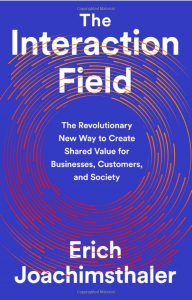
In “The Interaction Field,” Vivaldi CEO and professor Erich Joachimsthaler explains that the only way to thrive in this environment is through the Interaction Field model. Companies who embrace this model generate, facilitate, and benefit from data exchanges among multiple people and groups–from customers and stakeholders, but also from those you wouldn’t expect to be in the mix, like suppliers, software developers, regulators, and even competitors. And everyone in the field works together to solve big, industry-wide, or complex and unpredictable societal problems.

In the book Customer Centricity, Peter Fader discusses how existing concepts like customer lifetime value (CLV) and customer relationship management (CRM) have changed over the last decade. Fader discusses how customer centricity can help companies increase profits by focusing on the right customers, using data-driven processes.
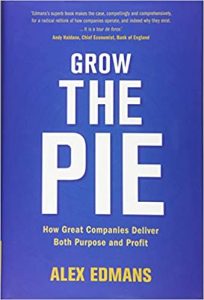
The book, ‘Grow the Pie, by London Business School Professor of Finance Alex Edmans, sets apart the concept of ‘growing the pie’ from the notion of ‘splitting the pie’. The latter suggests that anything a company gives to stakeholders such as increased wages, price reduction, or a better treatment of the environment lowers company profit. A ‘splitting the pie’ approach results in friction, and a trade-off focus. An alternative is the ‘grow the pie’ approach. The main idea is that if companies deliver value to stakeholders, this will actually benefit investors.
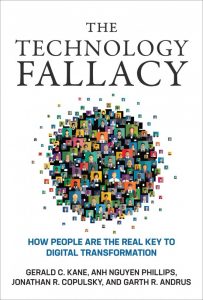
This book focuses on the organizational changes needed to harness the power of technology – with special attention to the people factor. Per the authors, the best way to respond to digital disruption is by changing the company culture to be more agile, risk tolerant, and experimental. Digital transformation involves leadership, talent development, culture, organization, and strategy.
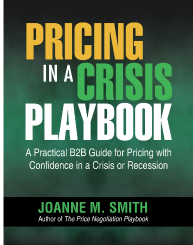
We are heading towards a recession that may be worse than the Great Recession following the 9/11 attacks. Depending on scientific progress, we may be in a downturn for many months to come. Price pressure is inevitable in a downturn. Joanne Smith, who lead the corporate pricing organization of Dupont in the five years before and during the 2009 recession, has written a very timely book on how to price in a recession: “Pricing in a Crisis Playbook: A Practical B2B Guide for Pricing with Confidence in a Crisis or Recession”.

Earlier this month, during one of the town hall meetings on ‘Marketing in Uncertain Times’, ISBM’s Ralph Oliva shared he was working on a reading list for B2B marketing managers. The reading list, curated by Ralph, is split up into brand new readings, thought-provoking reads, and classics, and includes links to marketplaces. Ralph’s advice: “Many of us collecting a “stack of books” that we are going to “get around to reading”… but the time to do so is always a challenge. Perhaps, you have some additional time now, and maybe you can add some good reading to your current “stay in place” routine.”
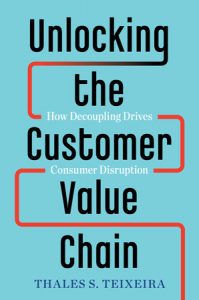
In his book ‘Unlocking the Customer Value Chain, Harvard Business School professor Thales Texeira describes how the disruption of an industry is driven by customer behavior rather than technologies. Innovative new business models allow startups to ‘decouple the value chain’ – picking one aspect of an incumbent’s business model and doing it better.

One of the key promises of the internet and big data is increased efficiency: we can improve processes and routines faster than ever before. However, there is a downside. Too much efficiency can kill creativity, which hurts organization innovation and problem solving. In his book ‘The Efficiency Paradox’, Edward Tenner discusses the limits of big data while making the case for serendipity and intuition.
© 2024 ISBM – Institute for the Study of Business Markets

484 Business Building
University Park, PA 16802
Phone: 814-863-2782
Fax: 814-863-0413
Email: ISBM@psu.edu
© 2020 ISBM – Institute for the Study of Business Markets